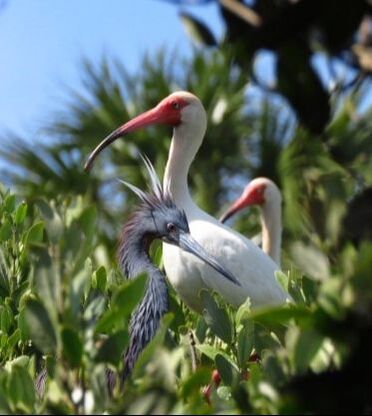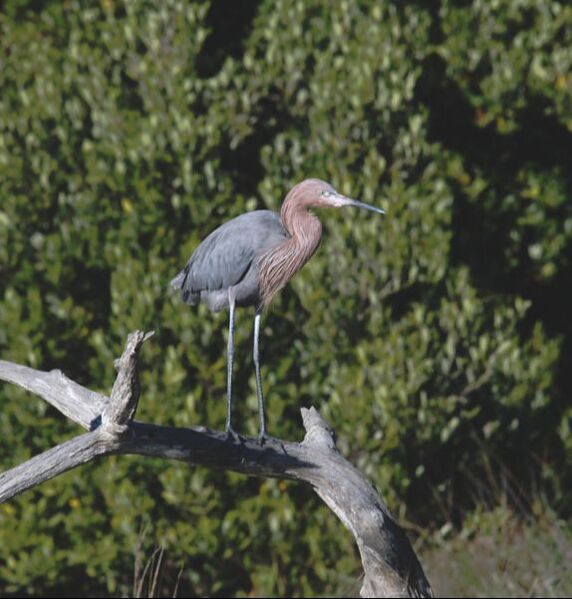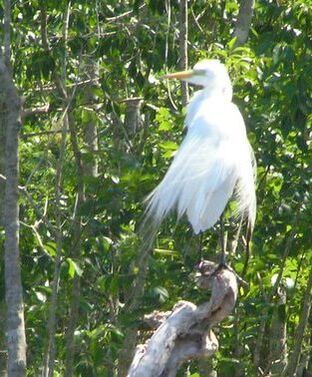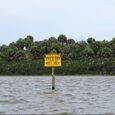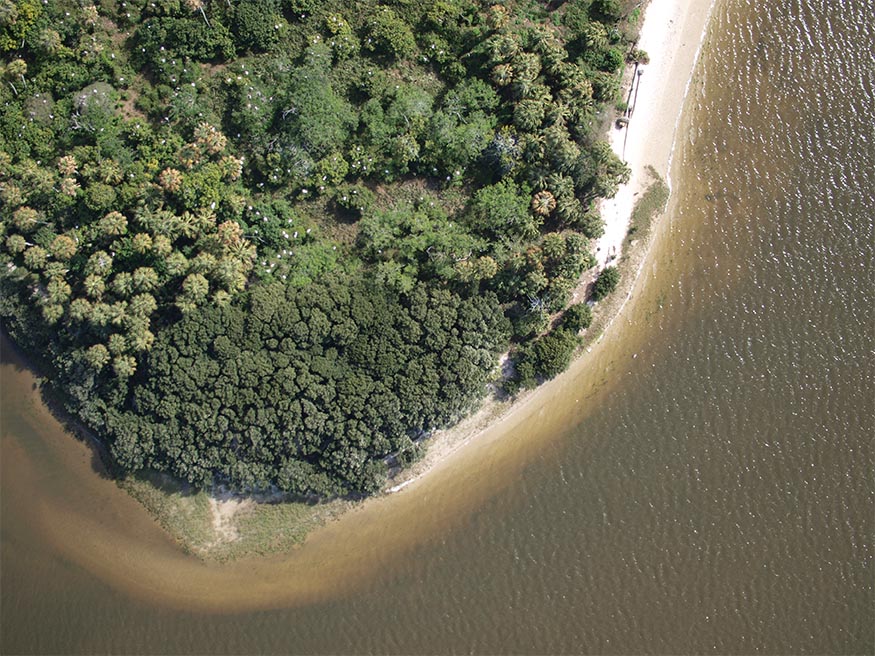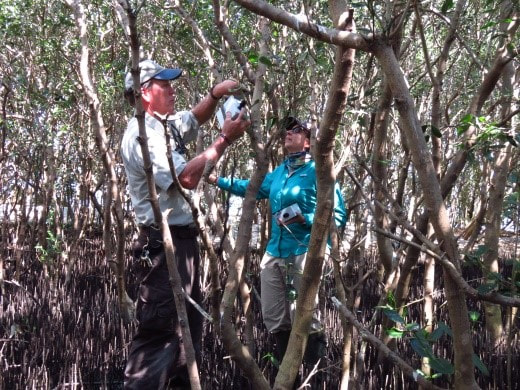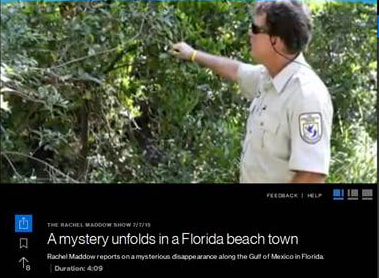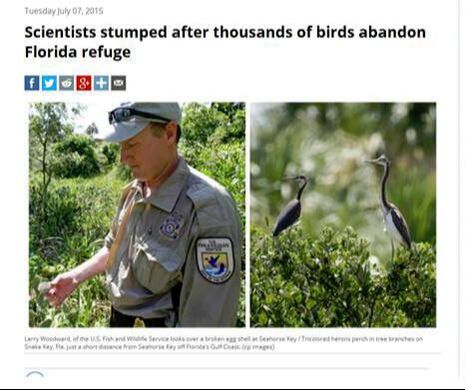Who is Nesting on Snake Key this Season? The mixed species wading bird rookery at Snake Key is thriving this year. The numbers of birds are beginning to approximate the "glory days" of nesting at the recently abandoned Seahorse Key colony. Refuge staff and volunteers completed the annual wading bird flight line surveys for the Snake Key rookery in May. White Ibis have returned to nest in the area in huge numbers, with an estimated 2,500 - 3,000 nesting pairs. Also nesting in large numbers are Tri-colored Herons (est. 500 nests), Snowy Egrets (est. 400 nests), Great Egrets (est. 120 nests), Brown Pelicans (est. 100 nests), and Double Crested Cormorants (est. 200 nests). Other notables include an estimated 60 Roseate Spoonbill nests and 3-4 Reddish Egret nesting pairs. We also recently completed drone flights over the colony in an effort to count and validate nesting data, but have not yet completed digital post-processing to begin analyzing that information. Speaking of Babies – An Aside Project Engineer Josh Havird - formerly of Lower Suwannee National Wildlife Refuge, now posted at St Mark's NWR is a brand new proud papa of a baby girl. Mom and little Emily are both doing great. Josh is taking some family leave to be with them. Closure Limits Nesting Disturbances at Snake Key
Largest Wading Bird Rookery Do Different Bird Colonies have Unique Sounds?
What Happened to the Seahorse Key Rookery? Most folks will recall that the large Seahorse Key rookery was suddenly abandoned during the nesting season back in April of 2015. Popular interest was so high that the national media covered "Our Bird Mystery" extensively. We still cannot definitively say why all the birds left their nests during that event, although disturbance was likely a factor.
0 Comments
Leave a Reply. |
Archives
June 2024
|

Friends of the Lower Suwannee & Cedar Keys National Wildlife Refuges
P. O. Box 532 Cedar Key, FL 32625 [email protected] We are a 501(c)(3) nonprofit organization. |
|
